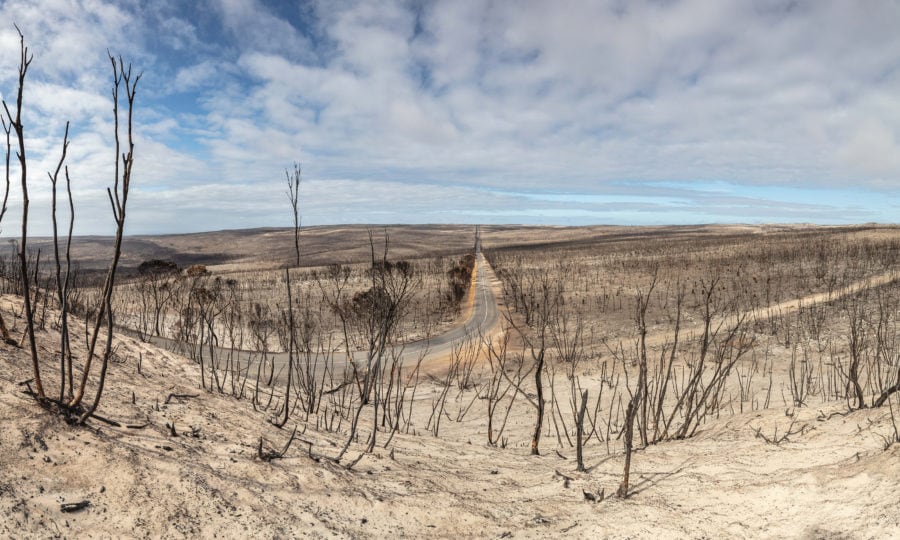OPINION: Recalling the inferno

Four years ago, I faced the biggest bushfires of my more than 40-year career in emergency management. Over the previous decade I’d increasingly focused my attention on the escalating risks Australia was facing due to climate change. But even then, the Black Summer bushfires of 2019–20 blindsided me.
South Australia, where I was director of the Emergency Management Office in the Fire and Emergency Services Commission, faced an unprecedented crisis in November 2019. Since August that year, hundreds of exhausted South Australian firefighters and emergency workers had been supporting other states. As spring came to an end, SA firefighters were faced, on their home ground, with another huge fight that would extend well into summer.
Among the many terrible days of the season, I distinctly remember 3 January 2020. Lightning had ignited fires across Kangaroo Island (KI) in the week before Christmas and these had raged uncontrollably in challenging, hard-to-reach terrain. On 3 January extreme conditions drove a bushfire across KI, burning 2000sq.km, almost half the island, in a single day. That relentless inferno claimed the lives of two Australians and destroyed the homes of 87 families and more than 600 other buildings and vehicles.
Iconic tourist facilities such as the Flinders Chase Visitor Centre, Kangaroo Island Wilderness Retreat, and Southern Ocean Lodge were reduced to ashes. Almost 60,000 livestock were killed, along with tens of thousands of native animals, including an estimated 40,000 koalas. Four years on, it’s still hard to comprehend the scale of loss SA experienced in a single day.
The Black Summer bushfires offered our nation a glimpse of just how extreme our weather systems will become if we continue to turn up the temperature of Australia by burning fossil fuels. We have to dramatically reduce emissions this decade – and we need policy in place to ensure that happens. Astonishingly, Australia’s environment laws, created in the late ’90s, still don’t account for the impacts of climate change. How are we to protect the environment when we don’t deal with its greatest threat?
This law is currently up for review. I hope the federal government does the right thing and heeds the call to consider the devastating climate impacts of fossil-fuel projects. We can’t afford to keep fuelling the climate crisis – there’s just too much at stake.
The devastation I saw on KI in Black Summer makes a clear case for why this must change, why the law must protect the places and species that Australians love.
I felt a sense of déjà vu in spring 2023 as I watched SA crews begin to deploy to assist the Northern Territory, where millions of hectares have burnt since fires ignited in early September. In Queensland, there were more homes lost by 1 November than there were in the entirety of Black Summer, requiring help to be called in from Victoria and New Zealand to battle the blazes.
I can’t overstate the pressure climate change is putting on our first responders. Fire seasons are progressively overlapping and increasing the risks our firies face. Climate change could devastate our emergency workforce if we don’t act with urgency to address it. At the same time, we need to equip communities with the resources they need to better prepare and respond to disasters.
Australians must ask their leaders to protect our nation for generations to come. For the places, species and people we love, we must leave fossil fuels in the ground for good.
Brenton Keen is a member of Emergency Leaders for Climate Action and former director of the Emergency Management Office in the South Australian Fire and Emergency Services Commission.


